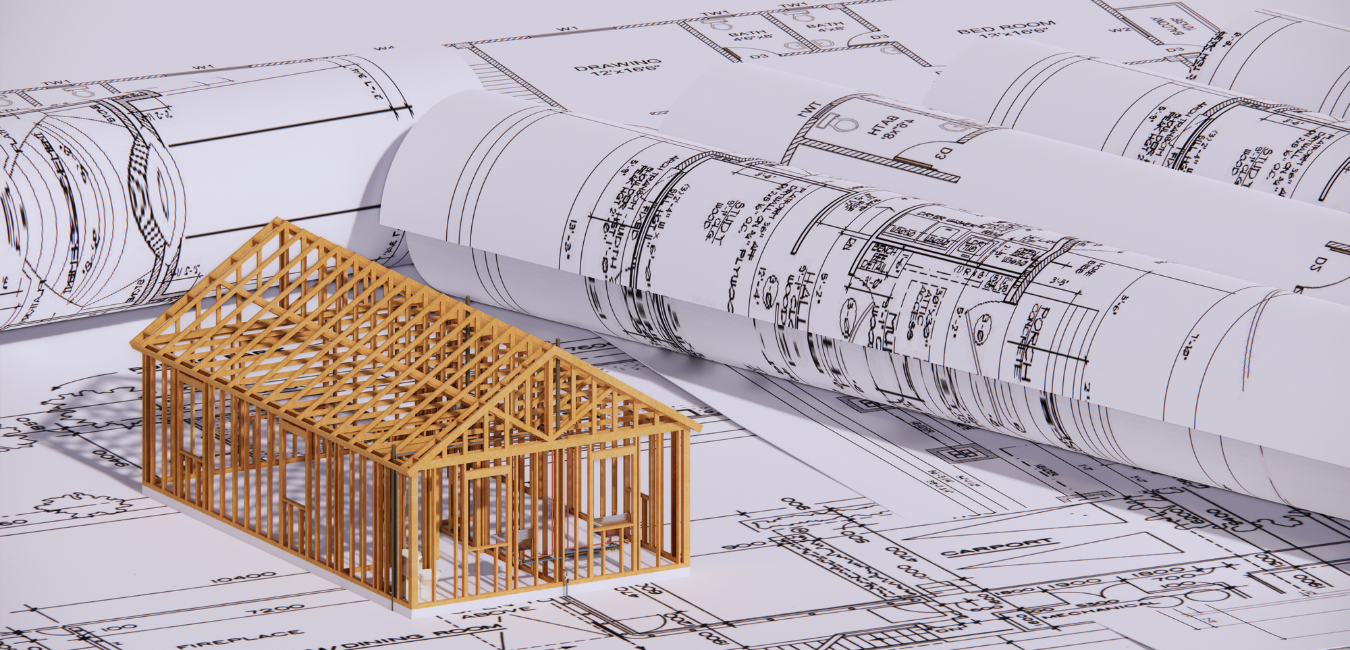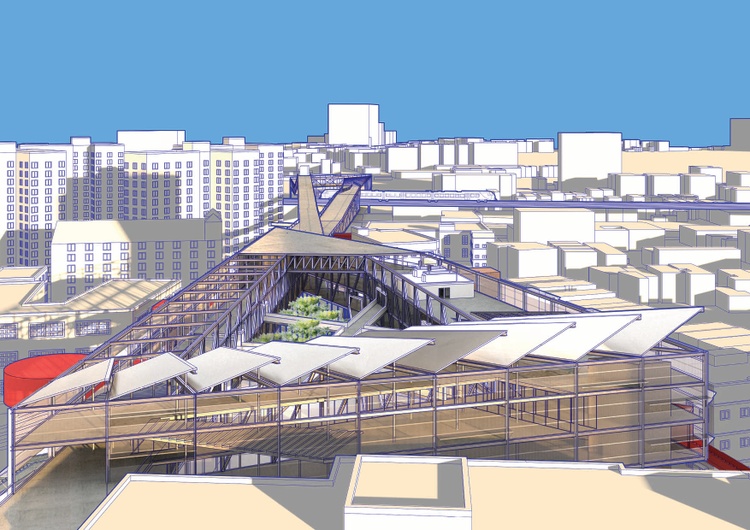Comprehending the Collaborative Refine In Between Architects and Engineers in Modern Building And Construction Projects
The collaborative process between engineers and designers is necessary in contemporary building projects, as it integrates layout intent with engineering feasibility. Discovering these characteristics exposes insights that can substantially affect project end results and general industry criteria.
The Relevance of Partnership
The collaborative harmony between architects and designers is vital for the successful understanding of any type of construction job. This partnership unites unique competence and perspectives, making it possible for the combination of innovative style with practical design services. By collaborating, engineers and engineers can make sure that a project not just meets visual and functional demands but likewise sticks to security, sustainability, and financial restrictions.
Cooperation promotes a common vision, facilitating the positioning of objectives and expectations from the start. This alignment is vital in addressing prospective obstacles and mitigating risks that might arise during the task lifecycle. Moreover, a collective strategy allows for the effective appropriation of sources, optimizing both time and expense.
The relevance of collaboration encompasses the iterative procedure of layout and building and construction, where responses from engineers can notify architectural choices, bring about more feasible and sustainable designs. On the other hand, designers can influence engineers to believe creatively regarding exactly how to attain architectural integrity without compromising creative intent. Inevitably, the joint connection in between engineers and designers is not just valuable; it is essential to the creation of high-quality, useful, and cutting-edge constructed environments that fulfill the needs of society.
Interaction Techniques and Tools
Reliable interaction methods and devices are vital for cultivating collaboration in between designers and engineers throughout the job lifecycle. Developing clear channels of interaction is vital to guarantee that all employee are aligned with task objectives, timelines, and duties. Routine meetings, both in-person and virtual, give chances for stakeholders to talk about progression, address concerns, and make educated decisions.

Furthermore, embracing collective communication devices, such as Slack or Microsoft Teams, allows for instantaneous messaging, data sharing, and ongoing discussions, promoting an extra agile feedback to arising concerns. Document management systems additionally play an important function in arranging job documentation, making sure that all staff member have accessibility to the current details.
Shared Objectives and Project Vision
An unified job vision offers as the foundation for effective collaboration in between architects and engineers (cda architects). This common vision not only straightens the efforts of both celebrations however additionally establishes an usual structure for decision-making throughout the task's lifecycle. By expressing clear goals, stakeholders can efficiently navigate the complexities of contemporary building tasks, ensuring that both visual and functional requirements are met
Establishing common goals involves open dialogue and a comprehensive understanding of each self-control's contributions. Designers normally concentrate on design intent, spatial connections, and individual experience, while designers emphasize structural honesty, systems performance, and compliance with regulations. When these point of views are aligned, the outcome is a natural job that abides by both innovative desires and technological usefulness.
In addition, a distinct task vision cultivates responsibility amongst employee, urging each participant to take ownership of their duty in attaining the desired outcome. Routine check-ins and joint workshops can further reinforce this commitment, permitting changes to be made as the task progresses. Inevitably, a common vision not just enhances synergy but additionally elevates the high quality of the last deliverable, bring about successful job completion.
The Role of Modern Technology
Leveraging modern technology has become important in enhancing partnership between engineers and designers. The integration of innovative software devices helps with real-time communication and info sharing, making Look At This it possible for groups to function more successfully and properly. Structure Information Modeling (BIM) attracts attention as an essential innovation, permitting both engineers and designers to produce comprehensive 3D versions that envelop style intent and structural honesty. This common graph lessens misunderstandings and simplifies the decision-making process.
Additionally, cloud-based systems allow smooth partnership, enabling task stakeholders to gain access to and upgrade task data from anywhere. This promotes a culture of transparency and liability, as adjustments can be tracked and assessed in real-time. In addition, mobile applications further enhance communication, supplying on-site groups with instant access to task requirements and updates.
Arising innovations such as synthetic knowledge and machine discovering are also beginning to contribute in anticipating evaluation, aiding groups recognize possible concerns before they arise. Ultimately, the duty of innovation in architecture-engineering partnership not just improves workflow effectiveness but additionally boosts advancement, bring about even more effective job results. By welcoming these technological advancements, architects and designers can make sure a much more cohesive and efficient collaborative process throughout the building lifecycle.
Case Studies in Effective Collaborations
Countless study illustrate the extensive influence of efficient collaborations between architects and designers on job end results. One noteworthy instance is the cooperation on the High Line in New York City, where landscape engineers, designers, and city planners functioned with each other to transform an abandoned railway into a vivid public park. This multidisciplinary method not just enhanced the visual high quality but likewise made certain structural safety and environmental sustainability.

The Burj Khalifa in Dubai even more shows the significance of collective initiatives - cda architects. The integration of style and design expertise allowed the task group to accomplish unmatched heights while sticking to safety policies and visual vision
These examples underscore the importance find out this here of interaction, trust, and shared purposes. In today's complicated construction environment, such collaborations are this page necessary to browsing challenges and providing projects that satisfy both functional and visionary goals.
Verdict
In verdict, the partnership between engineers and engineers is essential for the success of modern construction projects. Effective interaction strategies, a common project vision, and the integration of sophisticated modern technologies are important components that promote this partnership.